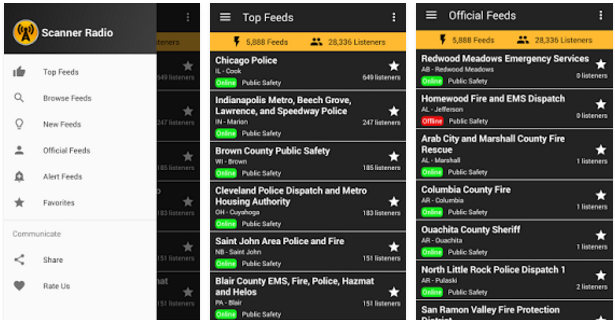People often save credit/debit card details, private photos, and passwords on their phones. They also save crucial documents. If you lose your device and a good samaritan finds it, he may visit a police station to return the phone. If a rouge-minded user or a thief snatches your phone while you’re attending a call on a footpath or in a park, he may visit a local phone shop to get the phone unlocked.
Local phone repair stores provide phone unlocking services. If you pay the extra money, they won’t mind unlocking a stolen phone. Once the device is unlocked, the thief may misuse your data or share your photos on Instagram, Facebook, WhatsApp, etc. By the time you report the post to FB or Instagram, your images might become viral on the web. Users of social networking sites often save viral photos and videos on their mobile devices or PC.
Google Find My Device review
App lockers can lock photos and other files, but they won’t let you know where your lost or stolen phone exactly is. Here’s when Google’s Find My Device app comes into the picture.
FMD is a special application that uses GPS and internet technology to track your phone. To make sure that the app works for you, you should enable your phone’s GPS and mobile data connection before running it. FMD will track your location and automatically sync the location data with Google’s servers.
Requirements
Permission: FMD requires permission to use mobile data and access the user’s location.
Storage: The app consumes up to 6 megabytes of storage space.
Features of the Find My Device app:
Erase data: If your mobile has sensitive information or personal photos, this is the first thing you should do. Erasing the data will ensure that the thief won’t access private data or pictures. The best thing about this feature is that you can wipe data on your device from a remote location by logging into your Google account, typing the “find my device” phrase in Google search, hitting the enter key, choosing the recover option, and following the instructions displayed on the screen.
Time and note: Google displays the time when the phone was last connected to the internet. It enables you to leave a note to the finder. The message will be displayed on the lock screen.
FMD has an option to refresh the location. The app detects your phone name, IMEI number and uses them to distinguish your phone from other devices you are using.
Must read: Best Android app lockers
Screenshots
Pros
Accurate and suggests direction: Google Map service is used by several million users every day. It is the backbone of the Find my device app. Like Google Maps, FMD can suggest a direction to the user. Imagine you’re staying in an apartment of a building located in a society that has several buildings. If there are 1000 apartments and you don’t use FMD, you’ll have to do something out of the box or contact the local authority to get back your device. As FMD displays the directions to the users, it makes the difficult task of finding a lost phone easier for the user.
Low resource requirement: Google FMD doesn’t impact the phone’s performance or drain the battery. On my device, it consumed a 0 mAh battery since the last full charge.
Cons
If you don’t select the “Remember Me” checkbox while signing into your account, you’ll have to re-enter the password when you rerun the “Find my device” app.
FMD doesn’t automatically enable data connection when you’re not carrying the phone. In phones with a high-resolution front camera, the app should use Face recognition technology to identify the owner. If the owner is not holding the handset, FMD should automatically turn on the 4G or 3G connection.
Also see: Best lock screen apps for Android
Final thoughts: FMD is an excellent application for locating a lost device or safeguarding data when your smartphone has been stolen. It is easy to use, accurate, and lightweight.






